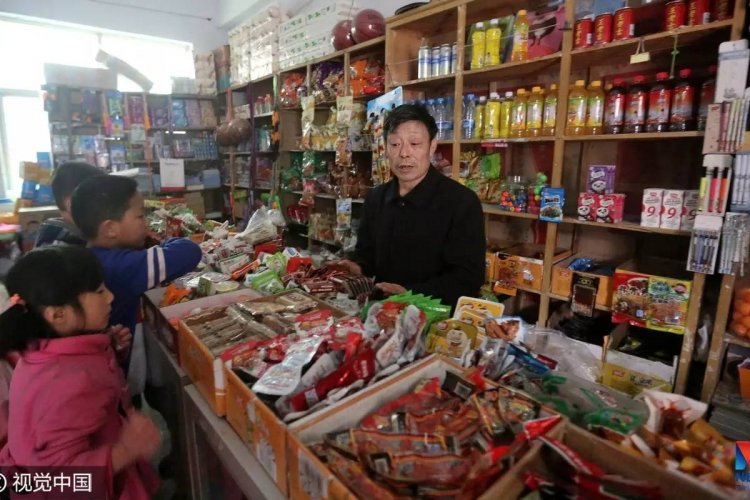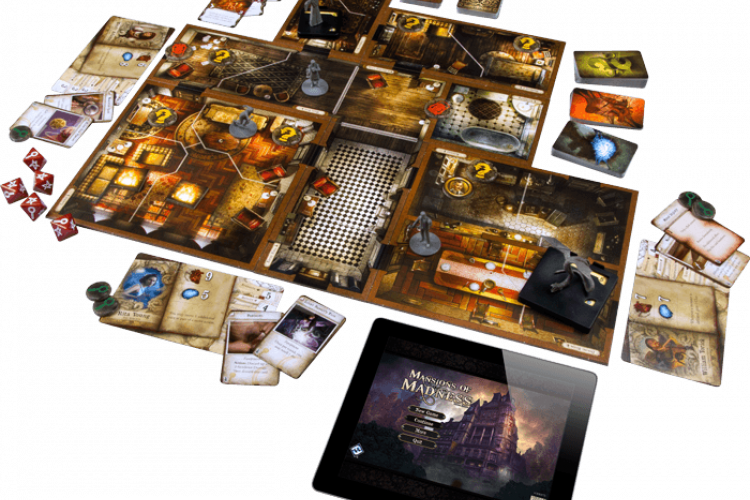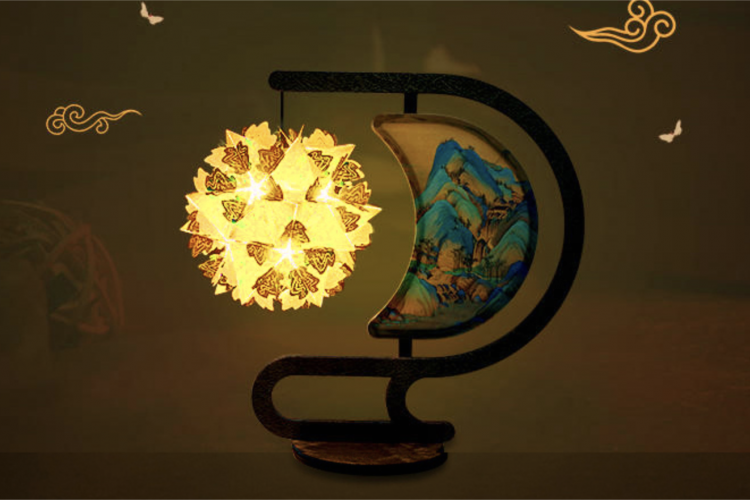What Taobao Makers Tell Us About Today’s China
From a budding idea in a Hangzhou apartment to the largest e-commerce marketplace in the Middle Kingdom; over the past 15 years, Taobao has grown side-by-side with the phenomenal rise of China’s economy. For Chinese users, it’s increasingly part of people’s daily lives, not only as the most popular shopping destination but also a platform where millions of small retailers make a living.
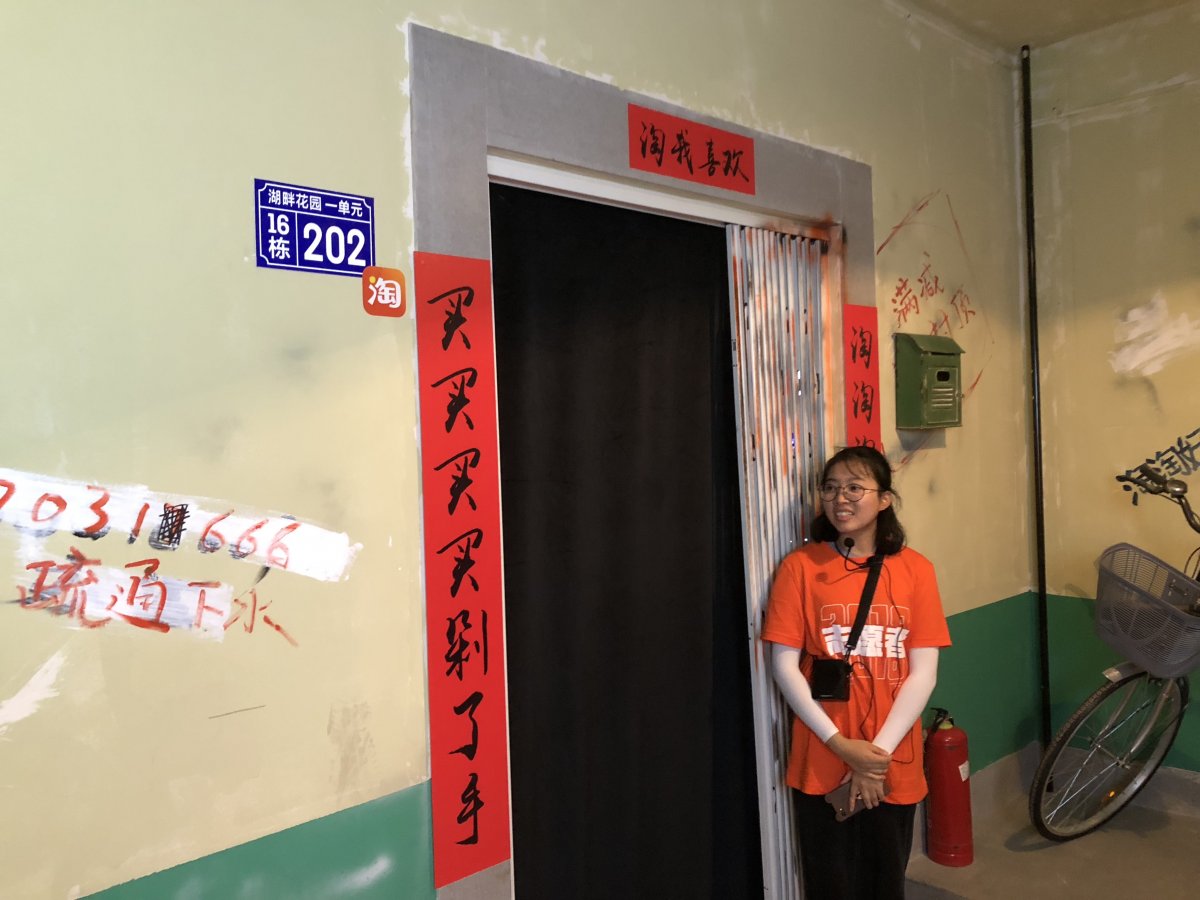
The C2C e-commerce site is often referred to by its patrons as “Almighty Taobao” for selling everything you could possibly imagine. This could be attributed to the quick minds of Taobao retailers, who are known for their agility in adjusting marketing efforts and tailoring products to fit a shifting landscape.
USB disks and Nokia feature phones were beyond a doubt among the bestsellers at the beginning of this century in a world that pre-dates the smartphone era. Meanwhile, the sales of thermometers and masks jumped when SARS hit China in 2003. When looking back, it’s fairly obvious that the trends on the Taobao marketplace speak for China’s social changes over its historical timeline. Every major social development in the country has materialized in the form of Taobao goods over the past 15 years, a period when Chinese people experienced fundamental changes in their lives.
This week, Taobao launched its third Taobao Maker Festival, also the largest event in Taobao’s history, in Hangzhou, with over 200 young Taobao vendors and entrepreneurs. Here are some of the most interesting Taobao retailers we found at the event. Like always, their stories allow us to take a glimpse into the ongoing trends in Chinese society.
Crazy for “black technology”
China wasn’t always a country known for the maker spirit. For a long time, it was more of a fad among a small group of geek engineers in Shenzhen labs, but the spirit is quickly gaining momentum among Chinese grassroots users, from tech-lovers with no professional background to teenage students.
Celebrating China’s young tech talent was a major reason why Taobao Maker Festival was created, according to the company. The four-day gala, therefore, has also become an event for many Chinese techies and inventors to present their latest inventions. This year, visitors got a chance to experience and play with an array of cool and fun gadgets.
Unitree Robotics is a manufacturer of robot dogs. Resembling those made by Boston Dynamics, the company’s 24kg hydraulic robot can walk, trot and climb steps. Their products are available on Taobao at a price tag of RMB 200k to 300k. Its customer base ranges from schools to developers, who would enable the robot with computer vision capacities designed for high-risk rescue or patrol.

As China seeks to advance its technological prowess, the country’s reality TV programming is being taken over by robots and AI. TechNode spotted the booth of a popular robot combat show named This is Bots at the festival. Their official Taobao store sells miniatures of the combat robots that are demoed in the show, as well as other related products for their fans to get a hands-on experience.
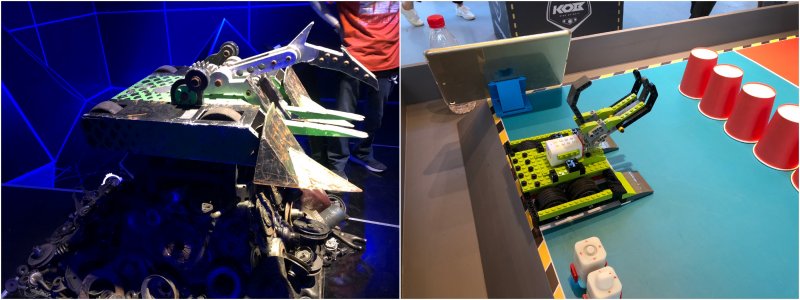
AstroReality, founded by a group of tech enthusiasts, combines precisely 3D printed and crafted star models with augmented reality.

Creativity and originality from the youth
Growing with Taobao is the aspiration of Chinese consumers seeking better quality and stronger personality in the things they buy. In the fourth quarter of 2017, “original design” appeared 170 million times in keyword searches on Taobao. According to the latest CBNData report, 77 percent of the independent designers on Taobao were aged 33 years or younger. Taobao is the perfect state for these young creators to experiment and commercialize their original ideas.
During this year’s event, Taobao has invited 20 top designers in China, including Ye Qian, Christine Lau, and Away Lee, to show their original works at the Fashion Show on West Lake’s Snow-covered Bridge. The Show is live-streamed on the Taobao App and Youku, while audience members can buy what they see in the show.

Chinese traditional culture has increasingly become a source of inspiration for designers searching for original ideas. Along with China’s recent surge in craftsmanship, the Taobao marketplace also witnessed a period of cultural renewal and heightened appreciation for the arts.
Filigree inlaid metal art (花丝镶嵌) is a traditional art that can be dated back to the Spring and Autumn Period (770-476BC). As most filigree-inlaid items are made from gold, only members of China’s royal family could enjoy works of filigree inlaid art. The Henan-based family behind a Taobao filigree inlaid headwear store has been engaged in the practice for generations. Their family workshop now has a dozen craftsmen and hopes that online channels could help to revive this old skill.

China has a long history of traditional crafts such as pottery, lacquerware, dyeing and weaving, woodcarving and architecture. Taobao is increasingly a place for creators and craftsmen of these old skills to reach a wider audience.
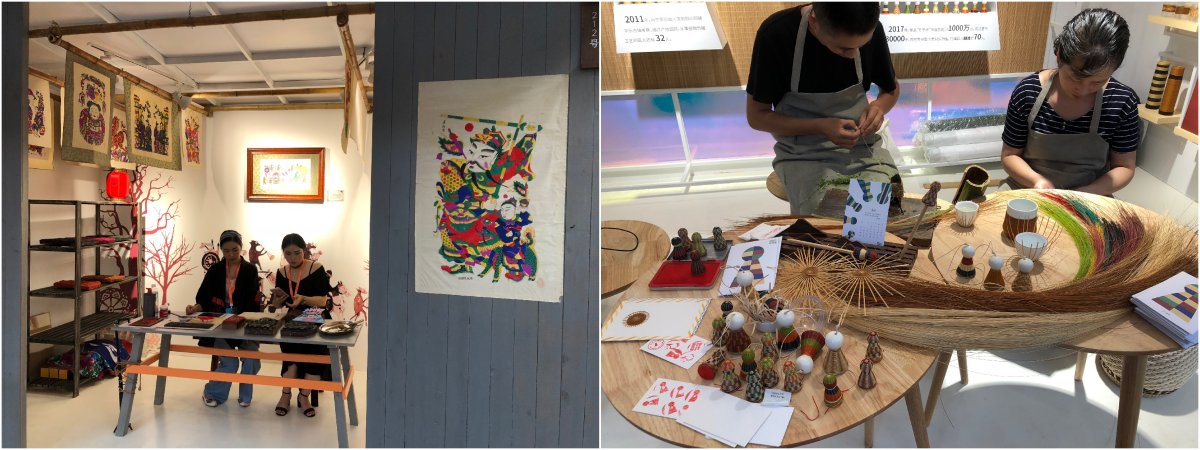
2D culture on the rise
China’s mainstream culture is embracing a more open attitude towards content generated by 2D fans, once an underground group who develop a strong attachment to 2D characters in cartoons, comics, and games.
“When I was all dressed up in a costume and headed toward a cosplay competition ten years ago, people on the street would stare and point fingers at me for wearing the ‘weird attire.’ But now, the masses are more open-minded when they see cosplayers on the street, at least they know what this is about,” says Li Ang, a cosplayer who now runs his own cosplay costume shop on Taobao.

Instead of cosplaying characters from foreign publications, Chinese cosplayers are looking back into Chinese culture. The latest design from Li’s company features a dress inspired by “A Thousand Miles of Rivers and Mountains,” a famous Chinese traditional ink and wash painting by Wang Ximeng from China’s Northern Song Dynasty.

In addition to costumes, all kinds of related products such as toys, cushions, notebooks, flourished on Taobao’s marketplace along with the rise of 2D culture.
Photos: TechNode/ Emma Lee




